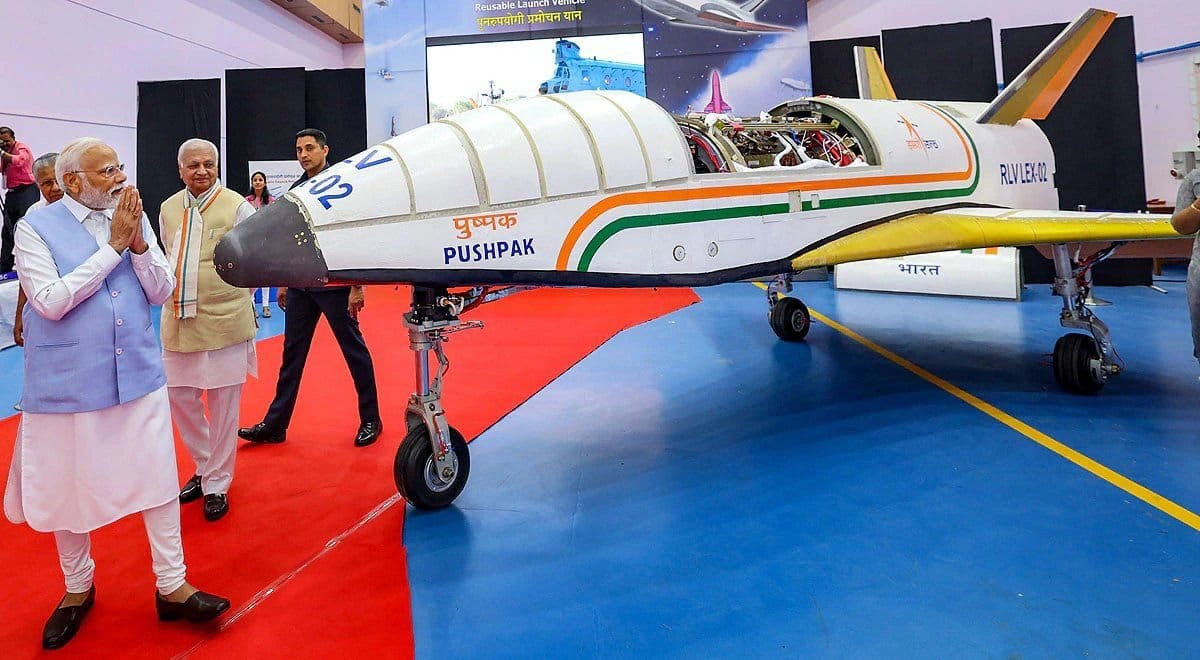By Vaibhav Agrawal
First published on Business Upturn Asia
The Israeli military has intensified its targeted airstrikes in Lebanon, specifically in the village of al-Khiam, marking another chapter in the ongoing conflict between Israel and Hezbollah. In a meticulously planned operation, Israeli fighter jets unleashed a barrage of airstrikes aimed at dismantling what they term as “terrorist infrastructure” utilized by Hezbollah militants.
The airstrikes, which unfolded with dramatic intensity, left residential buildings engulfed in explosions, as captured in chilling video footage. The Israeli military confirmed the attacks, asserting that they were necessary to cripple Hezbollah’s operational capabilities in the region. The strikes also targeted a military structure within the vicinity of al-Khiam, further underscoring the strategic intent behind the operation.
This recent assault is part of a broader pattern of military engagement between Israel and Hezbollah. The Israeli Air Force (IAF), equipped with sophisticated aircraft including the F-15, F-35, and F-16 fighter jets, has been conducting airstrikes not only in Lebanon but also in the Gaza Strip. Since the terror attacks by Hamas militants in October 2023, Israel has escalated its air campaign in Gaza, resulting in widespread destruction and human suffering.
The F-15I Ra’am, known as the “Thunder” in Israel, has emerged as a pivotal asset in the IDF’s aerial operations. With its superior range and payload capacity, the F-15I plays a strategic role in conducting precision strikes against hostile targets. In the words of the Israeli Air Force, when the objective is to reach distant targets with maximum impact, the F-15I stands out as the preferred choice.
Moreover, Israel’s utilization of the F-35, a fifth-generation stealth fighter, has garnered significant attention. Israel is the only country to have deployed the F-35 in combat situations, leveraging its advanced capabilities to counter threats posed by Hezbollah and other adversaries. Marillyn A. Hewson, CEO of Lockheed Martin, emphasized the critical role of the F-35 in countering Hezbollah’s rocket threat through rapid target identification and prioritization.
The conflict dynamics also involve Iran, which backs Hezbollah and provides support to militant groups hostile to Israel. Israeli airstrikes in Lebanon are often framed as responses to provocations by Iran-backed militants, highlighting the regional dimensions of the conflict.
Amidst the military engagements, there exists bipartisan support in the United States for providing military aid to Israel. The Biden administration, reaffirming the longstanding alliance between the two nations, has swiftly dispatched support following terror attacks on Israeli soil.
Alongside the F-35I Adir and the F-15I Ra’am, the F-16I Sufa stands as another integral component of the Israeli Air Force’s formidable arsenal. Featuring Israeli-specific modifications tailored to enhance its combat capabilities, the F-16I plays a crucial role in Israel’s military operations, including its recent air campaign over Gaza.
One key modification distinguishing the F-16I is the incorporation of conformal fuel tanks, a feature designed to augment its fuel capacity without sacrificing weapon storage capacity. By utilizing conformal fuel tanks, the F-16I can allocate its inner store stations for additional weapons, thus optimizing its payload configuration for various mission objectives. This enhancement underscores Israel’s commitment to maximizing the operational effectiveness of its fighter aircraft.
Moreover, the F-16I is equipped with advanced electronic warfare systems and avionics, including a sophisticated decoy system aimed at safeguarding the aircraft against airborne threats, particularly in air-to-air combat scenarios. This emphasis on electronic warfare capabilities reflects Israel’s proactive approach to countering evolving threats and ensuring the survivability of its aircraft in hostile environments.
Israel’s extensive experience with the F-16, coupled with its status as the largest operator of F-16s outside of the United States, underscores the aircraft’s significance in Israeli military operations. During the recent air war over Gaza, the F-16s played a pivotal role, leveraging their multi-role capabilities for both air-to-air and air-to-ground missions.
In executing these missions, the F-16s have been deployed with a variety of munitions, including precision-guided missiles and bombs, as well as unguided “dumb” bombs. This diverse arsenal enables Israeli pilots to adapt to dynamic combat situations and engage targets with precision and effectiveness.
Overall, the inclusion of the F-16I Sufa in Israel’s air campaign highlights the nation’s commitment to maintaining air superiority and safeguarding its security interests amidst ongoing regional tensions. As the conflict landscape evolves, the F-16I, alongside other advanced fighter aircraft in Israel’s inventory, remains a cornerstone of the country’s defense strategy, capable of meeting the diverse challenges posed by adversaries in the region.






















